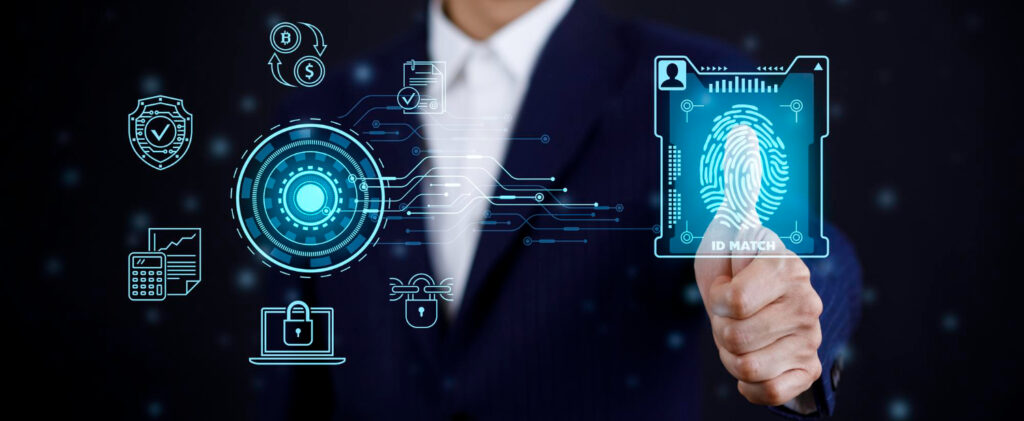
Security is a key element for any business's success. In today’s digital world, where cyber threats grow more sophisticated, having strong security profiles is no longer optional but a vital necessity. This article will guide you through establishing effective security measures to safeguard your organization’s most valuable assets.
What is a Security Profile in a Business?
A security profile in a business refers to the combination of policies, procedures, and controls implemented to protect information and technological systems unauthorized access, cyber-attacks, and other threats. This profile should be tailored to the specific needs of each company, considering its size, industry, and operational requirements.
The Importance of a Strong Security Profile
Having a robust security profile is essential to:
- Infrastructure protection Safeguard your company’s network, servers, devices, and storage systems from external attacks like ransomware, phishing, and DDoS.
- Identity and access management (IAM): Ensure only authorized personnel can access company resources.
- Incident response plans: A strong security profile includes a well-maintained incident response plan for managing breaches effectively.

6 Steps to Establish Strong Security Profiles in Your Business
1. Conduct a Risk Analysis
The first step to creating a strong security profile is to understand the specific threats your business faces. A risk analysis helps identify vulnerabilities and prioritize areas needing greater protection. Key factors include:
- Asset assessment:Identify and classify critical assets, such as sensitive data, technology infrastructure, and applications.
- Threat identification:Review both internal and external risks, from cyberattacks to human error.
- Impact assessment:Evaluate the potential consequences of threats on business operations.
2. Define Clear Security Policies
After conducting a risk analysis, establish clear and accessible security policies for all employees. These should include:
- Access control rules:Define who can access which information and under what conditions.
- Device usage policies:Ensure employees understand how to handle corporate and personal devices within the work environment.
- Password regulations:Set strong guidelines for creating, storing, and renewing secure passwords.
3. Implement Technical Security Measures
The Technical security measures are vital for protecting a company’s infrastructure. The most effective include:
- Data encryption:Safeguard sensitive information during transit and storage.
- Firewalls and antivirus software:Install and regularly update these programs to prevent attacks.
- Access control:Use multi-factor authentication (MFA) to ensure only authorized individuals access critical systems.
4. Train Your Employees
A Continuous employee training on security practices is one of the most effective tools for preventing breaches. Conduct regular sessions on topics like:
- Phishing detection:Teach employees to recognize suspicious emails and links.
- Password best practices:Reinforce the importance of using strong, unique passwords.
- Incident response protocol:Educate employees on how to act during a security breach.
5. Establish an Incident Response Plan
A well-structured incident response plan can minimize damage during a security breach. This plan should include:
- Immediate notification:Procedures for informing relevant parties in the event of an incident.
- Damage mitigation:Steps to contain the attack and protect assets.
- Recovery process:Guidelines for restoring systems to normal operation.
6. Conduct Regular Audits and Reviews
The Security audits are essential for identifying weaknesses in your security profile and making necessary adjustments. Scheduling periodic reviews ensures the implemented measures remain effective against evolving threats. Make sure to:
- Regularly update systems and software to protect them from known vulnerabilities.
- Monitor network activity in real-time to detect abnormal behavior.
- Review security policies and adapt them to your company’s changing needs.

Establishing strong security profiles is an ongoing process requiring constant attention and adjustments according to the changing threat landscape. From conducting risk analysis to employee training, each step is crucial to protect your business from potential attacks and ensure the security of your data. Don’t leave your company’s security to chance—implement these measures today and keep your organization safe and ready for any eventuality.
At EO Consulting,, we understand the importance of having a strong security profile tailored to your company’s specific needs. Our team of experts is ready to assist you through every step of the process—from risk analysis to technical implementations and staff training. Don’t leave your business's security to chance. Trust EO Consulting to guide you and provide the best business security solutions.Contact us today to protect your organization's most valuable assets with the professional expertise only we can offer.
 Blvd. Capitán Carlos Camacho Espíritu 725, Prados Agua Azul, 72430 Heroica Puebla de Zaragoza, Pue.
Blvd. Capitán Carlos Camacho Espíritu 725, Prados Agua Azul, 72430 Heroica Puebla de Zaragoza, Pue.


